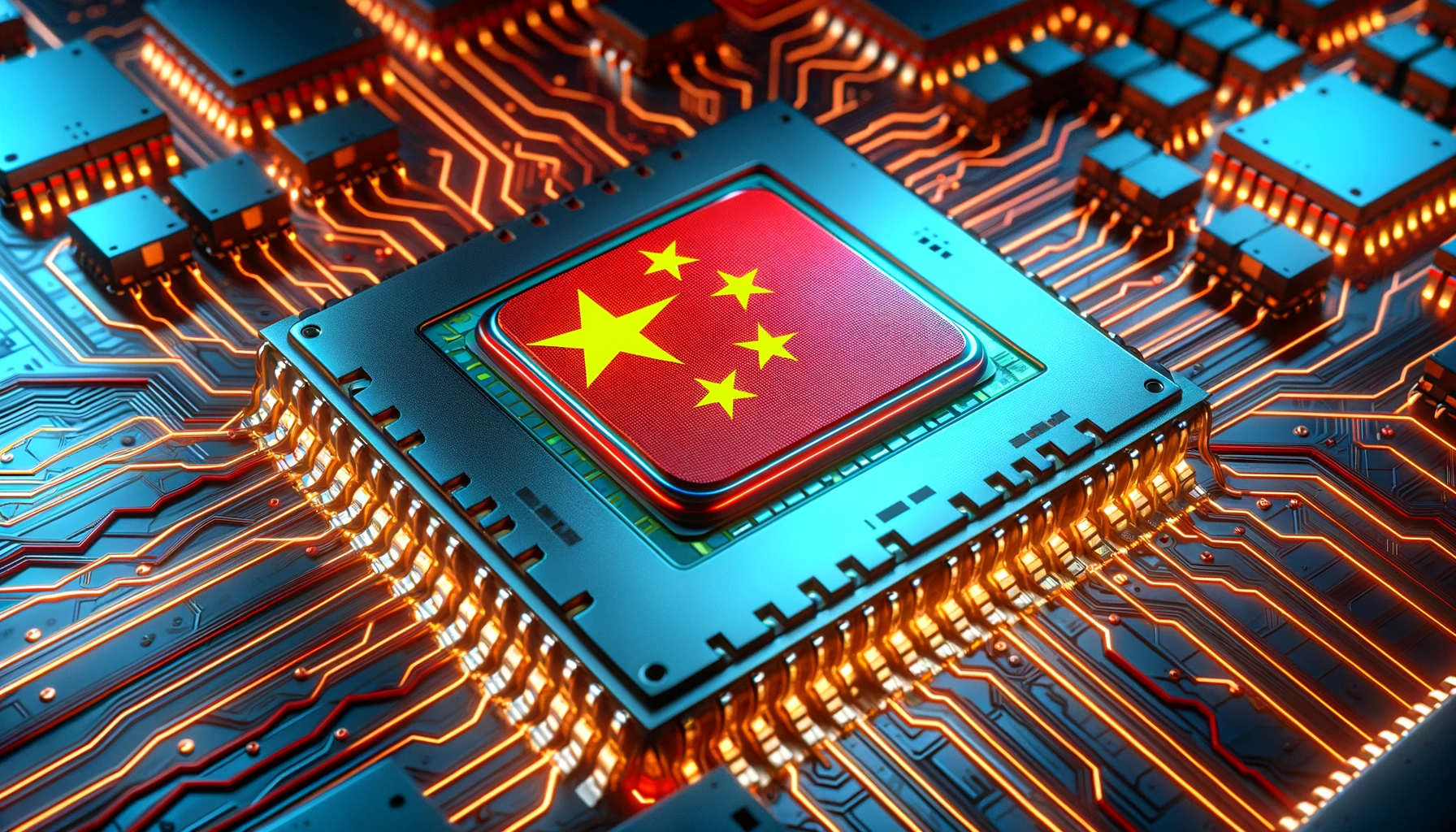In a strategic move to bolster its semiconductor industry, China has launched a substantial $47 billion fund aimed at achieving greater self-reliance in chip manufacturing. This initiative, announced on May 28, 2024, underscores the country’s ambition to reduce dependence on foreign technology and secure a competitive edge in the global semiconductor market.
Massive Investment in Chip Manufacturing
The new fund, backed by both state and private sectors, marks one of the largest financial commitments to the semiconductor industry worldwide. The Chinese government’s decision to invest heavily in this sector is driven by ongoing geopolitical tensions and the imperative to safeguard its technological future. This fund will support various aspects of the semiconductor supply chain, including research and development (R&D), manufacturing, and talent acquisition.
This initiative is part of China’s broader strategy to mitigate the risks associated with U.S. export restrictions and other international trade barriers. By investing in domestic capabilities, China aims to build a robust semiconductor ecosystem that can sustain its technological advancements independently.
Context and Background: Rising Tensions and Strategic Imperatives
The semiconductor industry is crucial for modern technology, powering everything from smartphones to advanced military systems. Historically, China has been heavily reliant on foreign semiconductor technology, particularly from the United States and other Western countries. However, recent years have seen increasing trade restrictions and sanctions, most notably from the U.S., targeting Chinese tech giants like Huawei.
These restrictions have highlighted the vulnerabilities in China’s supply chain, prompting a shift towards self-sufficiency. The $47 billion fund is the latest in a series of efforts by the Chinese government to fortify its semiconductor sector. Previous initiatives include the “Made in China 2025” policy, which aims to achieve significant advancements in high-tech industries, including semiconductors, by 2025.
Additionally, China’s semiconductor push aligns with its broader geopolitical goals. As global power dynamics shift, control over semiconductor technology is seen as a critical factor in determining economic and military supremacy. By investing heavily in this sector, China seeks to ensure its place at the forefront of global technological leadership.
Implications and Perspectives
From my point of view, China’s aggressive investment in semiconductor technology is a double-edged sword for the global tech industry. On one hand, it could lead to significant advancements and innovations as competition drives progress. The influx of funds will likely accelerate the development of new technologies, potentially benefiting the entire industry.
On the other hand, this move could exacerbate existing geopolitical tensions. As China moves towards semiconductor self-sufficiency, other nations might perceive this as a threat to their technological and economic interests, potentially leading to further trade restrictions and sanctions. This could fragment the global semiconductor supply chain, leading to inefficiencies and increased costs for tech companies worldwide.
Furthermore, there are concerns about the potential for intellectual property (IP) conflicts. China’s drive for technological self-reliance might involve aggressive measures to acquire or replicate advanced technologies developed in other countries, which could lead to legal battles and further strain international relations.
In conclusion, China’s $47 billion semiconductor fund is a significant step towards achieving technological sovereignty. While it promises to enhance China’s capabilities and foster innovation, it also poses challenges to global trade relations and the international tech ecosystem. As I see it, the success of this initiative will depend not only on the financial investment but also on how China navigates the complex geopolitical landscape that surrounds the semiconductor industry.






